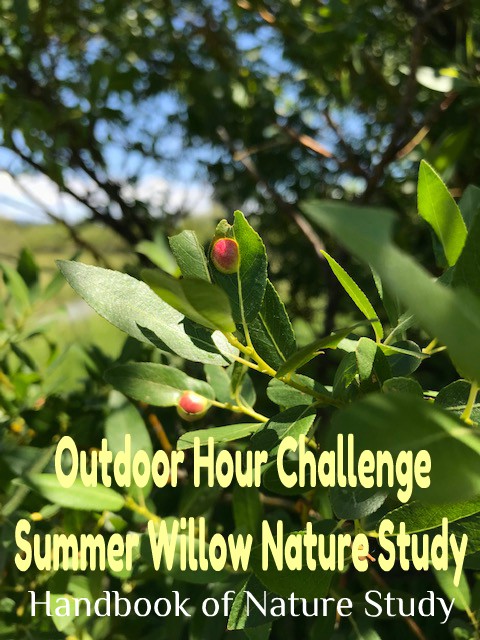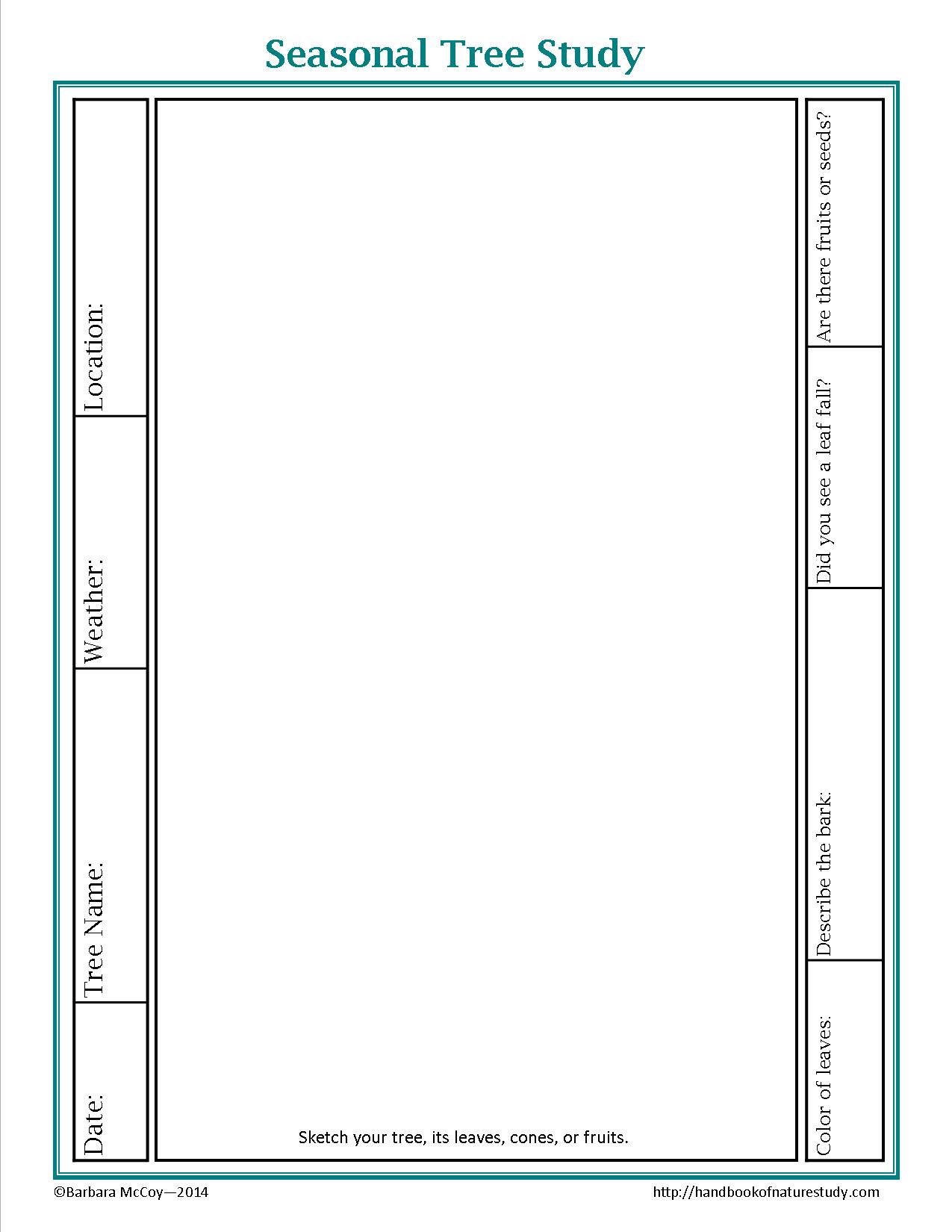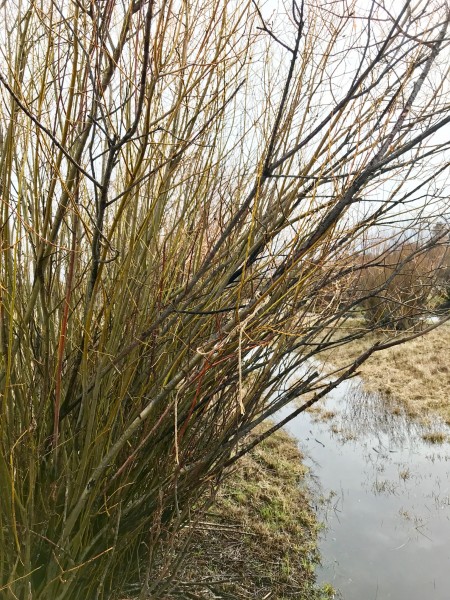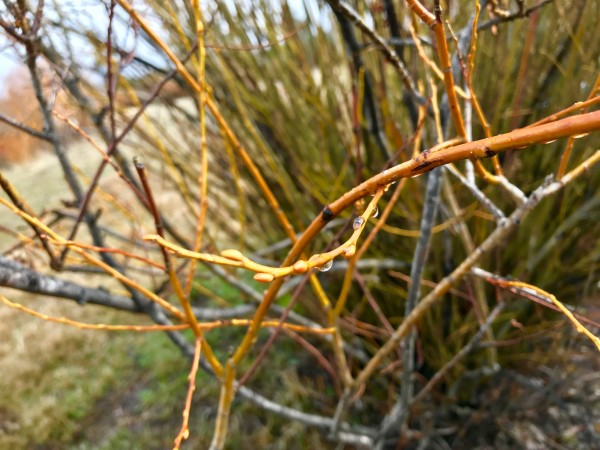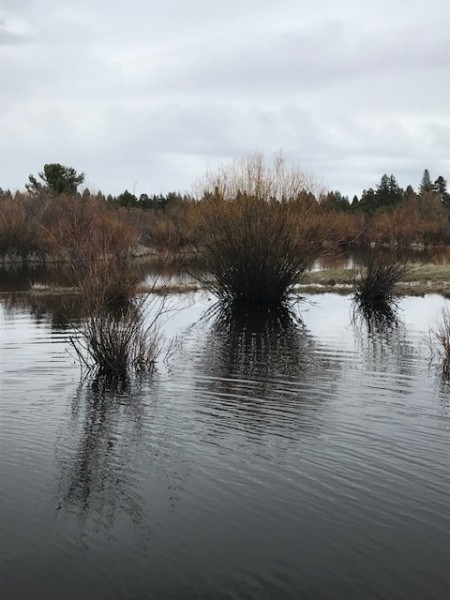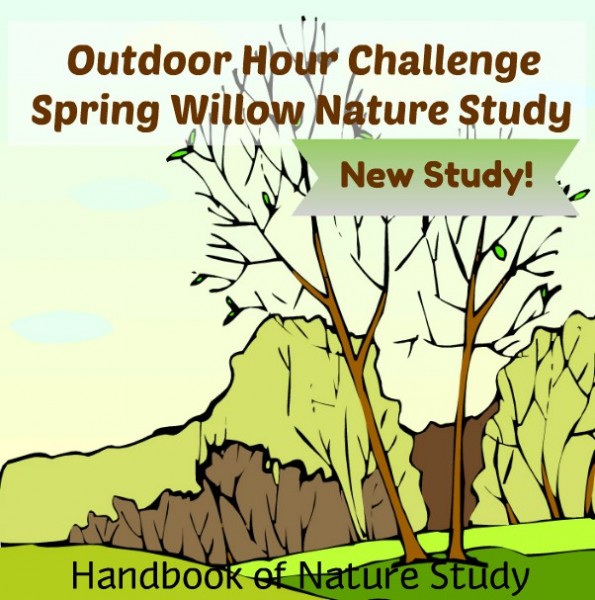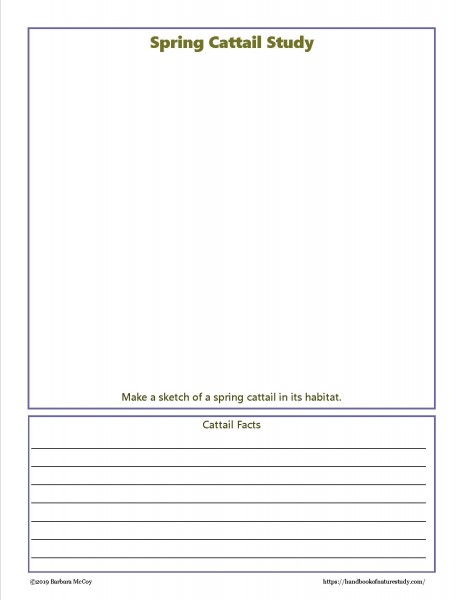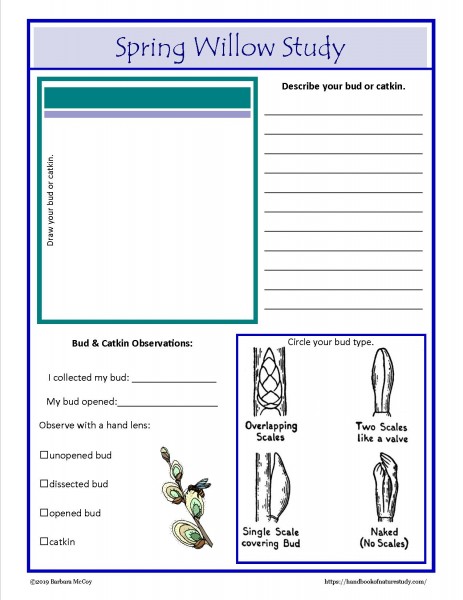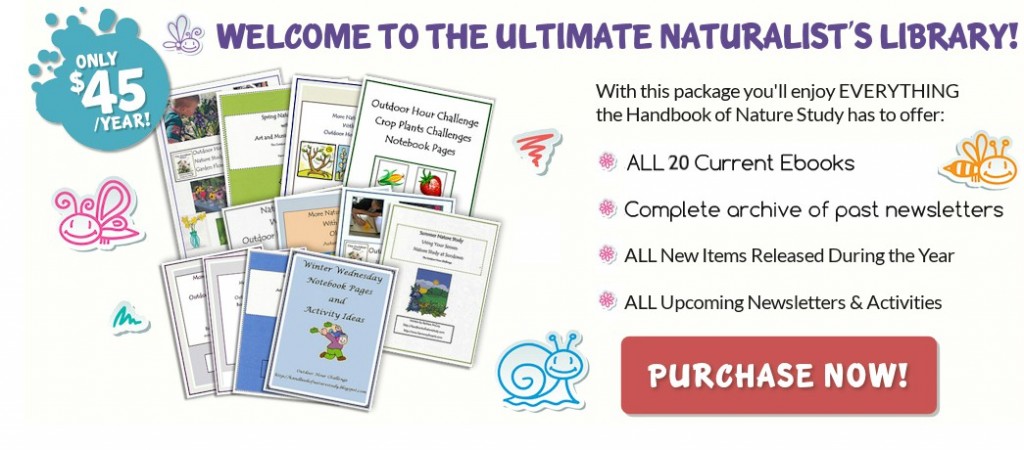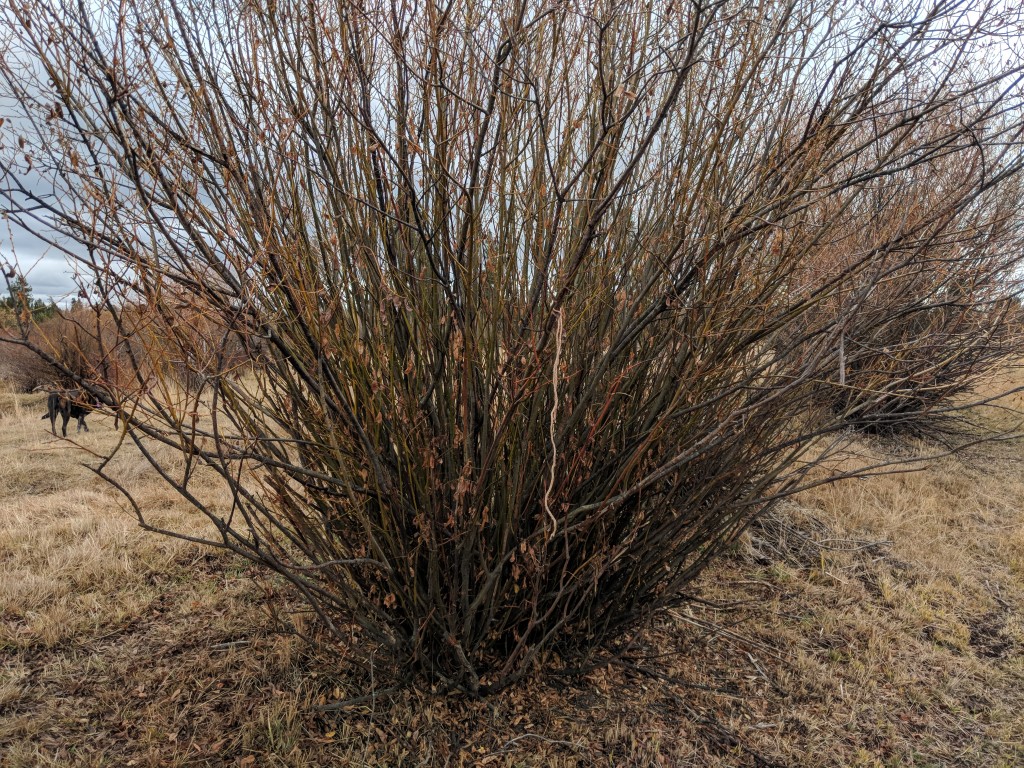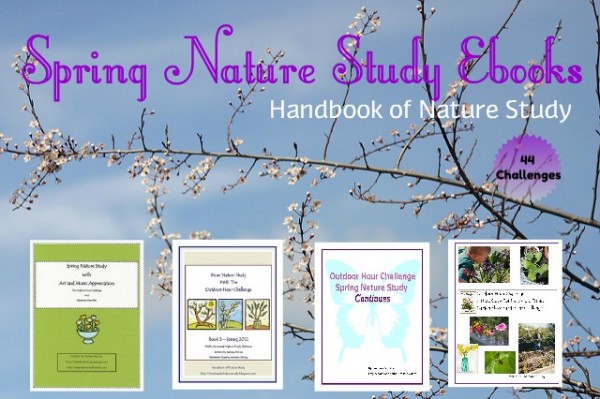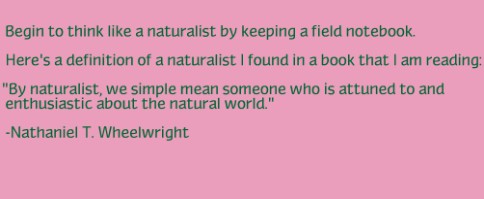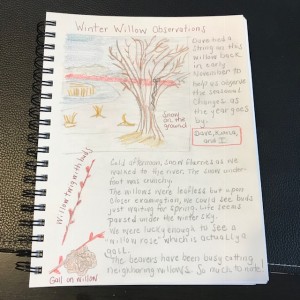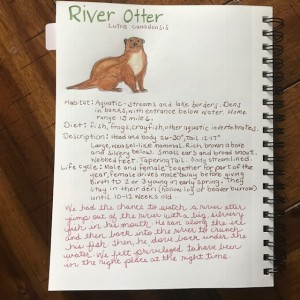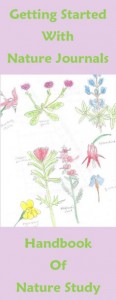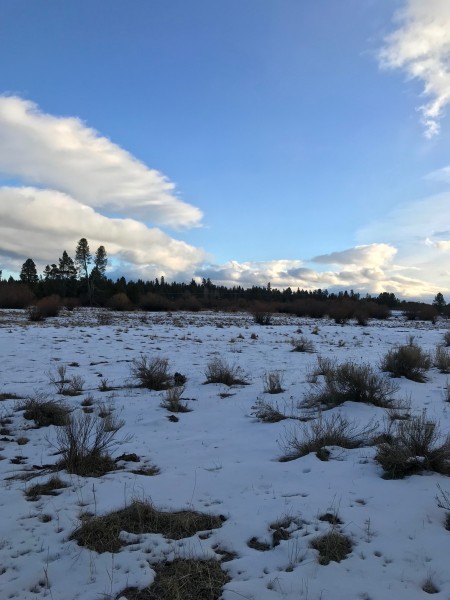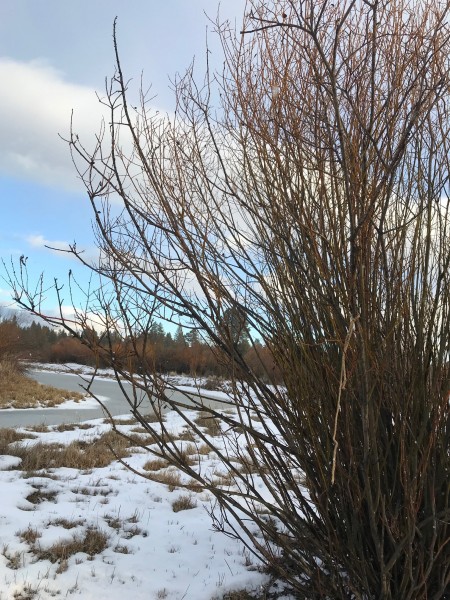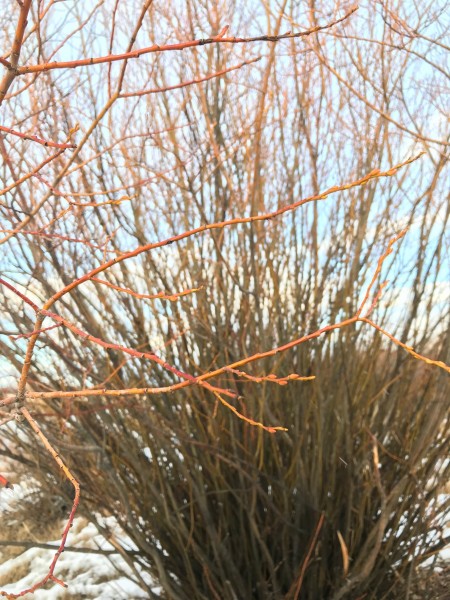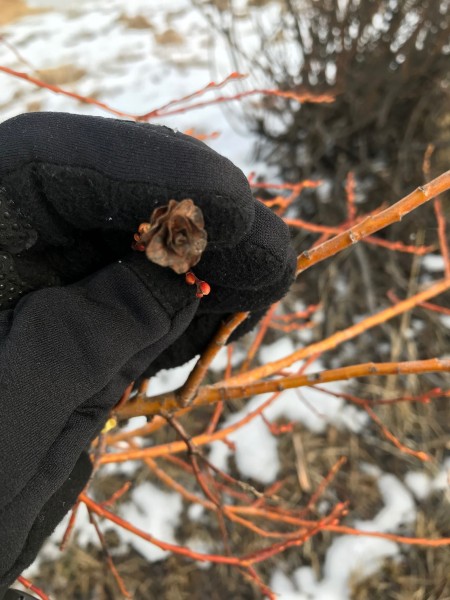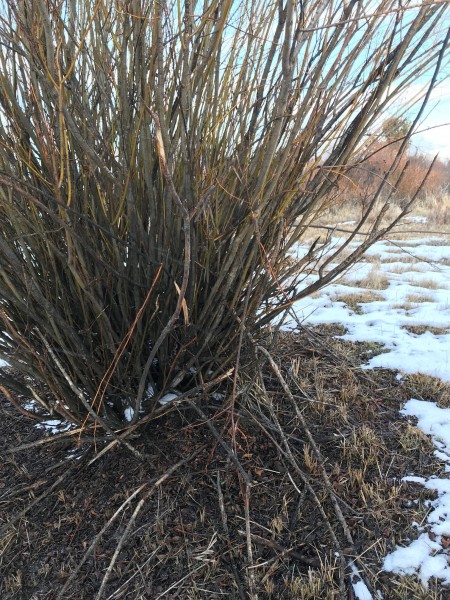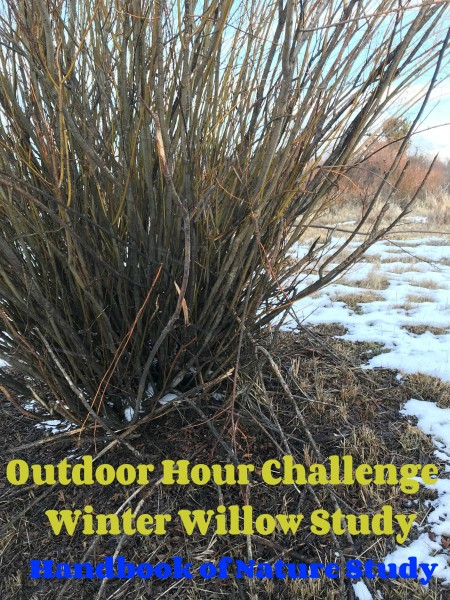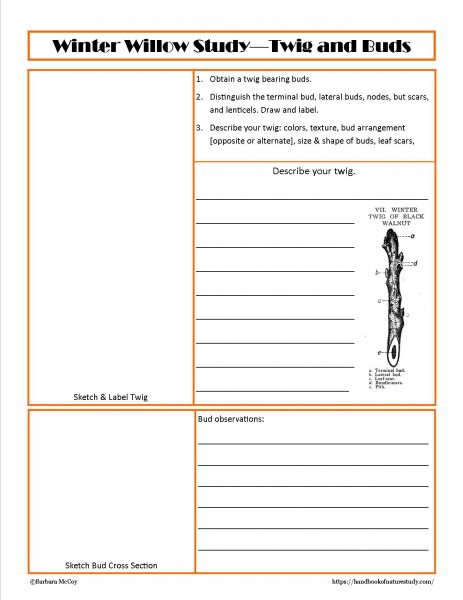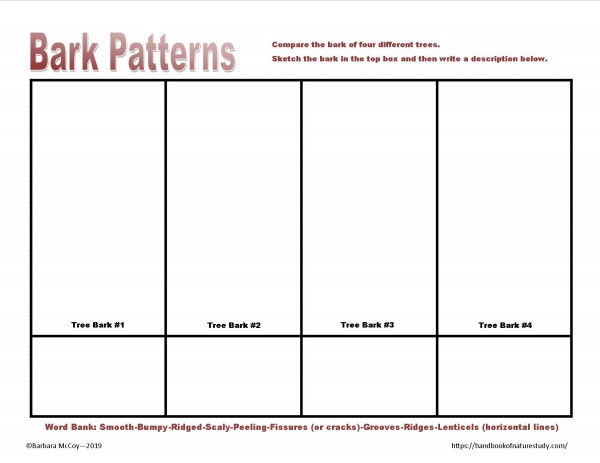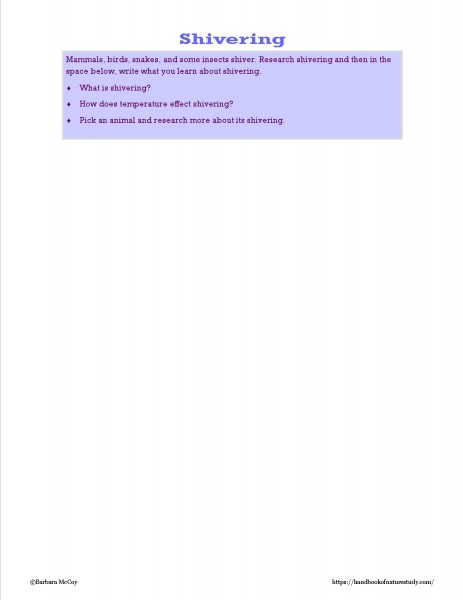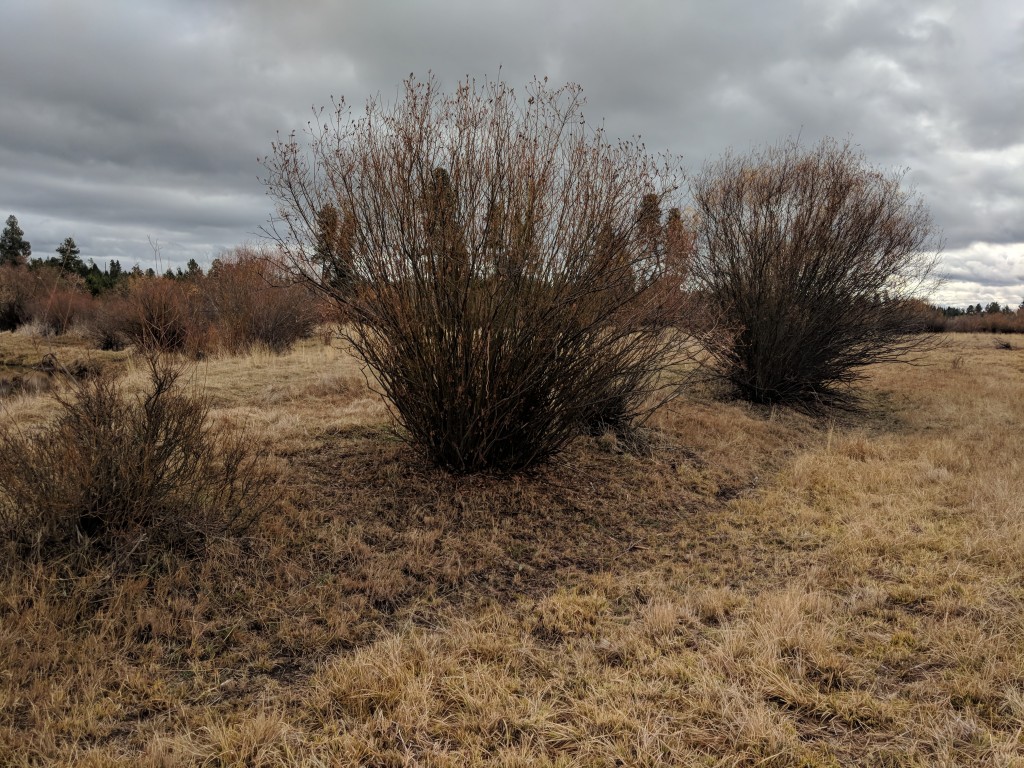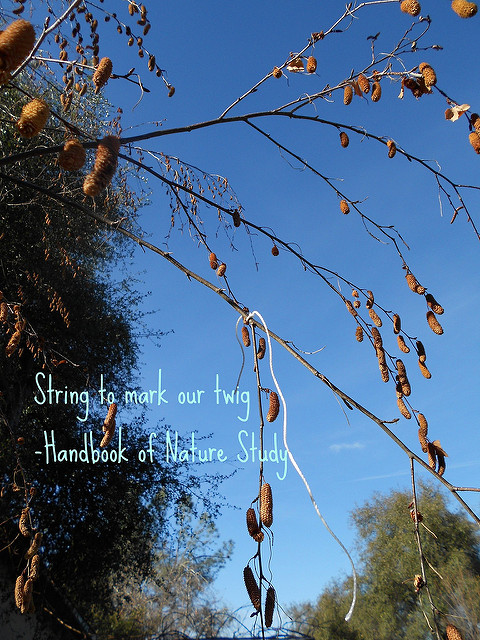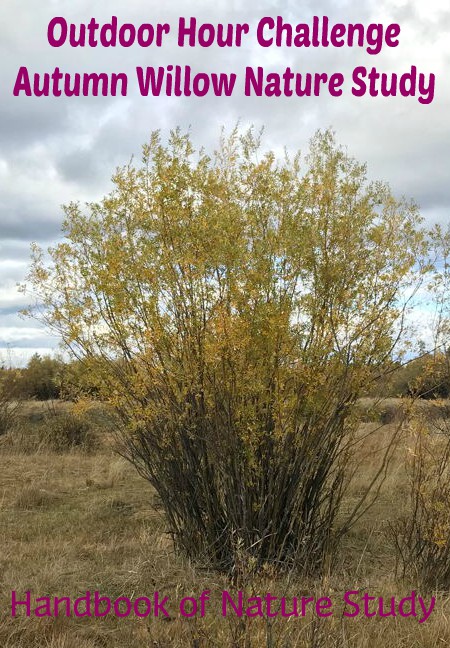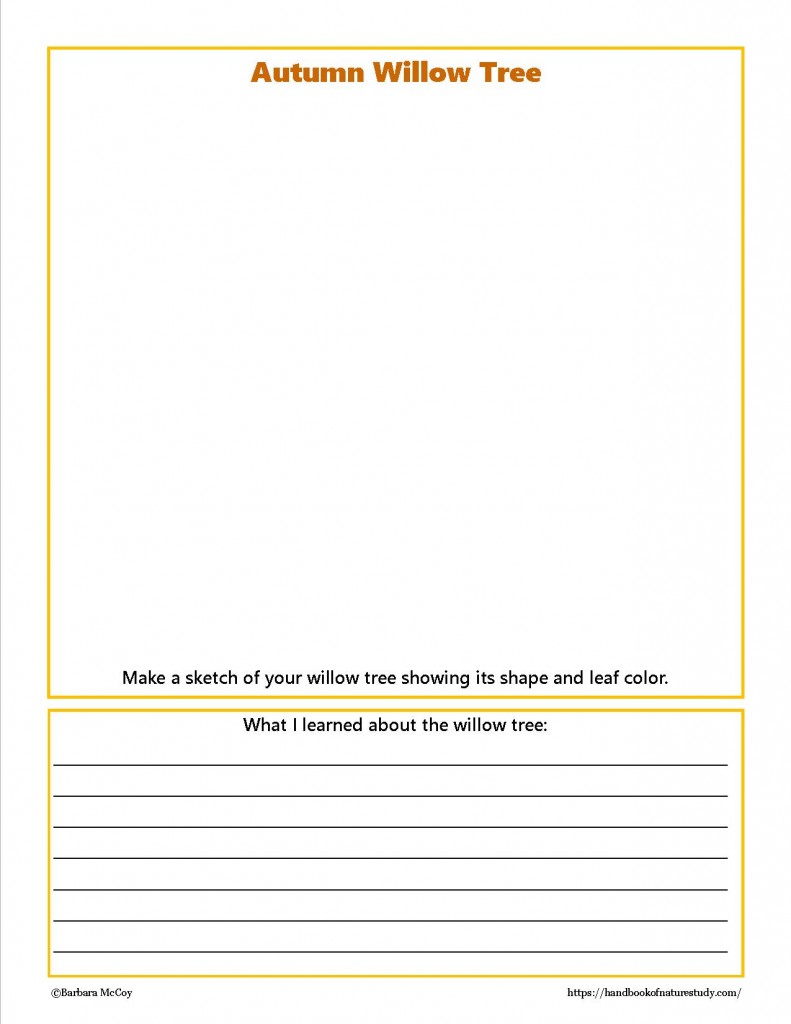Autumn is a wonderful time of year for discovery, picnics, and tree studies! We created an Autumn Willow Tree Printable for you to enjoy before winter settles.
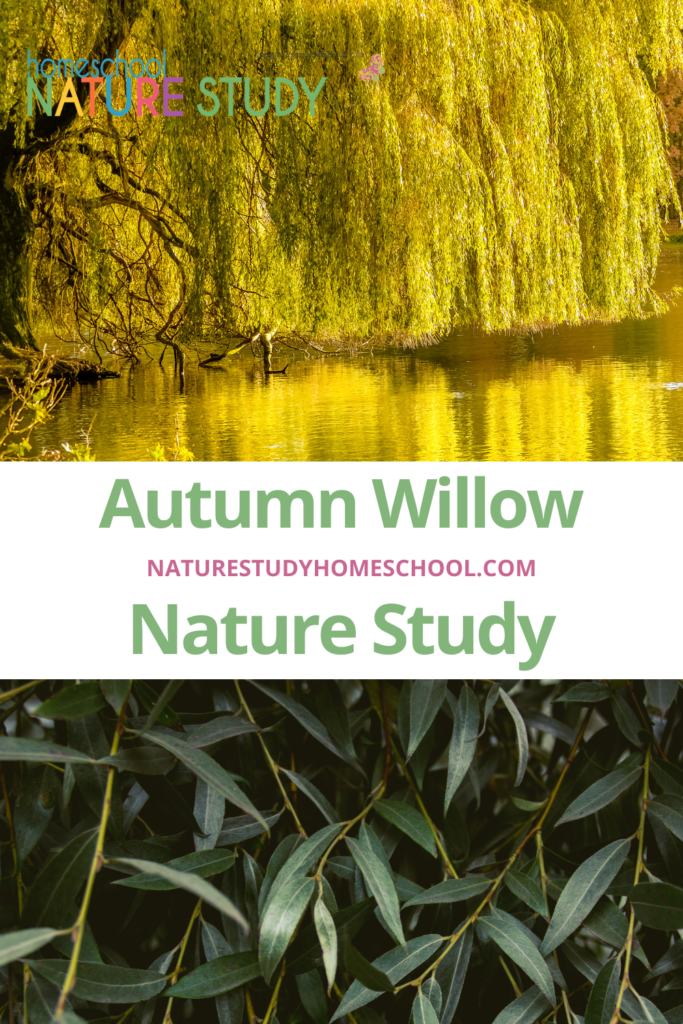
What is a Willow Tree?
Did you know there are more than 200 different species of willow trees? But all willows have a few things in common: abundant watery bark sap, which is heavily charged with salicylic acid, soft, usually pliant tough wood, slender branches, and large fibrous often stoloniferous roots – which means they grow along the ground.
Willow wood is used to make baskets, furniture, toys, and fishing nets. The wood is too soft for lumber, but it is popular for wickerwork. In ancient times, people chewed willow bark to treat fevers and rheumatic pains. The bark contains salicylic acid, which is the basis for modern aspirin.
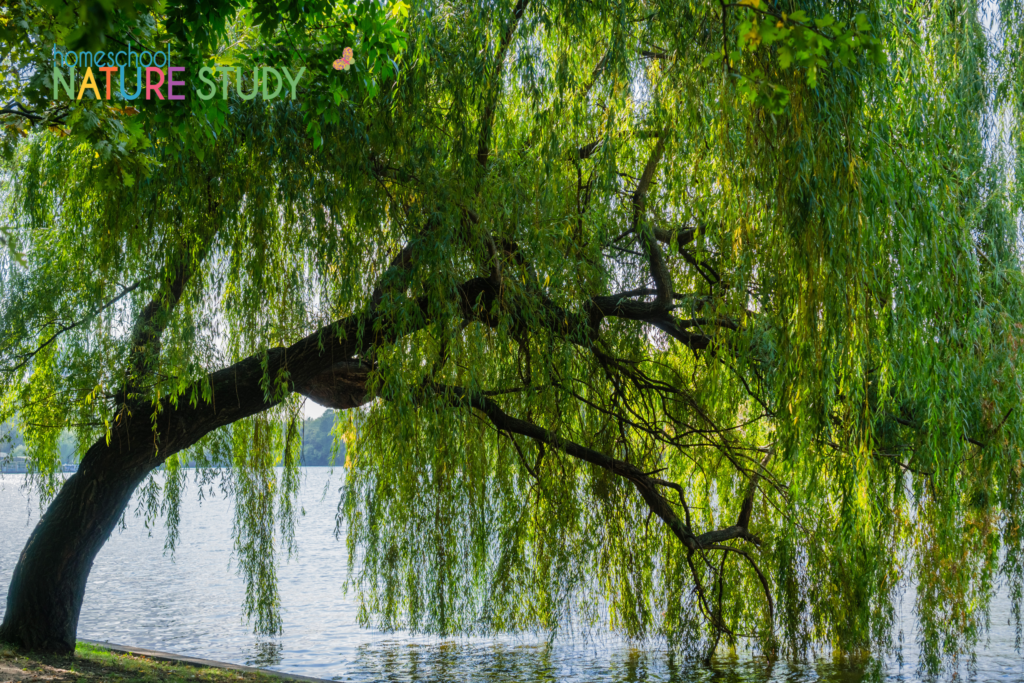
Autumn Willow Nature Study and Printable for Members
If you do not live near Willow Trees, print the Under the Fallen Leaves worksheet.
Autumn Willow Tree notebooking page: Use this page to record your autumn willow observations. This can be the start of a year long/four seasons study of willows for your family. I will be reminding you each season to make some notes about your willow tree.
Under the Fallen Leaves notebooking page: Take a few minutes to look under the leaves in your yard or a near-by park. What do you see there? Create a sketch and describe what you saw, felt, and smelled during your outdoor time.
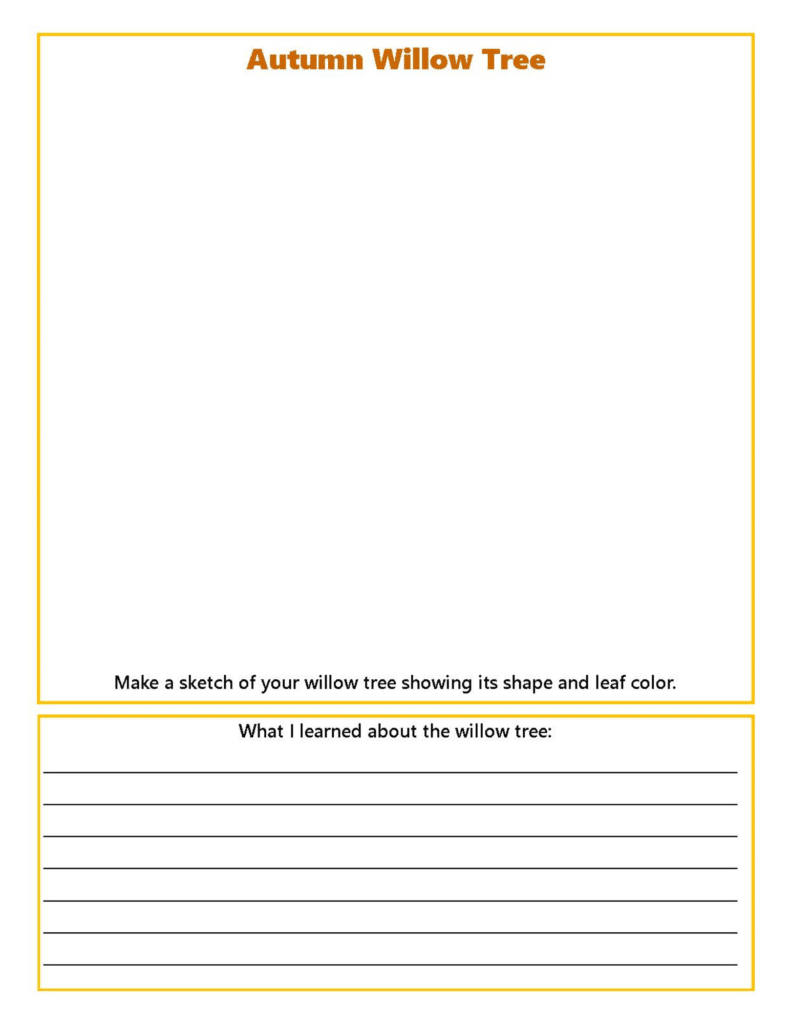

Pine Trees and Pine Cones Nature Study
More pine trees in your neck of the woods? Enjoy this Pine Trees & Pine Cones Nature Study.
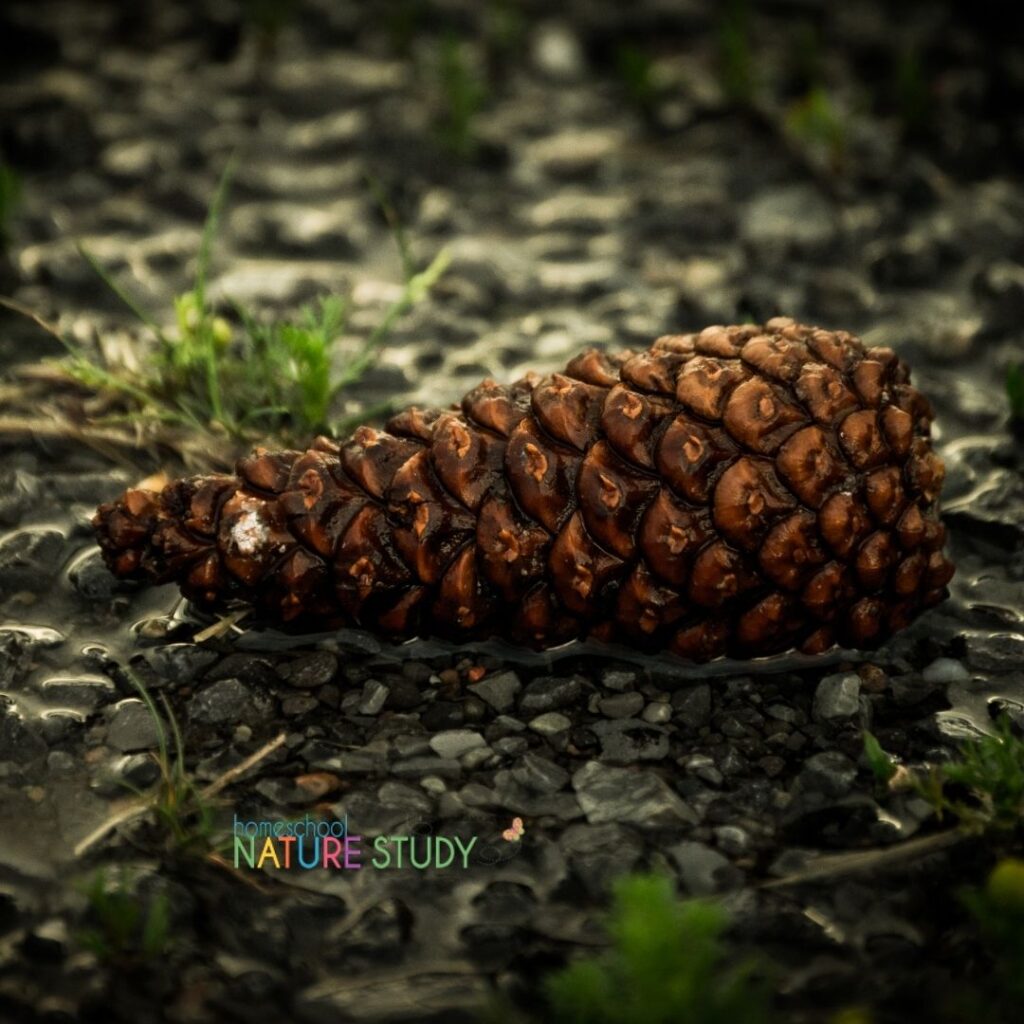
More Fall Homeschool Nature Study Fun!
Keep the apple and pumpkin nature study fun going with these resources for all ages:
- Homeschool Fall Leaf Study and Activities Perfect for All Ages
- Bats Homeschool Nature Study: Mammals
- The Ultimate Guide to Fall Nature Study in Your Own Backyard
- The Fall Homeschool at The Curriculum Choice
- Autumn Cattails Nature Study and Printable
- Leaf Art Nature Walk Activity
- Fun Owl Nature Study Ideas
Join the Homeschool Nature Study Membership
There are so many benefits to joining. You will access our full range of curriculum, our interactive learning calendar as well as a brand new homeschool nature study challenge post each week!
Original post written by Barb 2018, updated by Stef Layton 2024.

